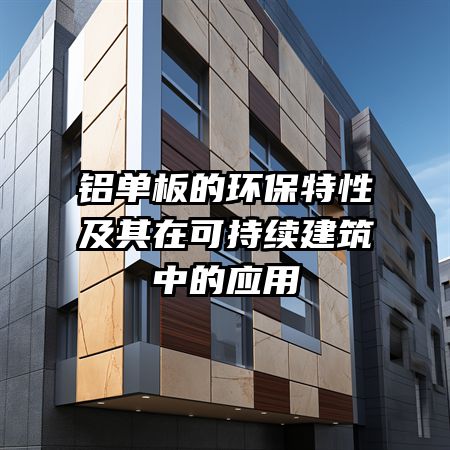
The environmental characteristics of aluminum veneer and its application in sustainable buildings
Abstract: With the increasing awareness of environmental protection among people, the demand for sustainable buildings is gradually increasing. Aluminum veneer, as an environmentally friendly material, has a wide range of applications in the field of sustainable construction. This article elaborates on the environmental characteristics of aluminum veneer and its application in sustainable buildings from the following four aspects.
1、 Recyclability of aluminum veneer
Aluminum veneer has high recyclability, which is one of its environmental characteristics. Aluminum, as a reusable metal, can be recycled and reused to reduce resource consumption and environmental pollution. Research has shown that the recycling process of aluminum requires very little energy, much less than the energy required to extract aluminum from ore. In addition, aluminum veneers can be melted and recycled to obtain high-purity aluminum materials for manufacturing new products. This recycling method not only reduces the demand for raw materials, but also reduces the generation of waste, achieving the goal of energy conservation and reducing carbon emissions.
2、 Durability and reliability of aluminum veneer
In sustainable buildings, durability and reliability are very important considerations. Aluminum veneer is renowned for its excellent weather resistance and corrosion resistance. Compared to other building materials, aluminum veneer can maintain its appearance and performance for a long time, reducing the need for maintenance and replacement, thereby reducing resource consumption and environmental impact. In addition, aluminum veneer also has high strength and rigidity, and can withstand loads and wind pressures under various environmental conditions. This makes aluminum veneer an ideal choice for sustainable buildings, providing structurally stable, safe, and reliable exterior wall protection.
3、 Energy saving and thermal insulation properties of aluminum veneer
Sustainable buildings pursue efficient use of energy, and aluminum veneers perfectly meet this demand. Aluminum veneer has good thermal insulation performance, which can effectively block the conduction of heat, reduce the load on indoor air conditioning and heating systems, and lower energy consumption. In addition, aluminum veneer can also increase its reflection ability and reduce the thermal impact of solar radiation on buildings through surface treatment. This energy-saving measure can not only reduce energy consumption, but also improve indoor comfort and reduce the demand for air conditioning equipment.
4、 Aesthetics and variability of aluminum veneer
Aluminum veneer plays an important role in sustainable building design, with its aesthetics and variability making it the preferred material for designers and architects. Aluminum veneer can be processed through cutting, bending, spraying, and other methods to present various shapes and colors, meeting different architectural styles and design requirements. Meanwhile, aluminum veneer can also be used to decorate facades and roofs, adding highlights and appeal to buildings. Its surface is smooth and flat, not prone to dust and dirt accumulation, and has the characteristics of long-term cleanliness and aesthetics.
Summary:
Aluminum veneer, as an environmentally friendly material, has a wide range of application prospects in sustainable buildings. Its recyclability, durability, energy efficiency, and aesthetics make it an ideal choice in the field of sustainable buildings. With the continuous pursuit of sustainable development, aluminum veneer will continue to play an important role in the future and contribute to the sustainable development of the construction industry.


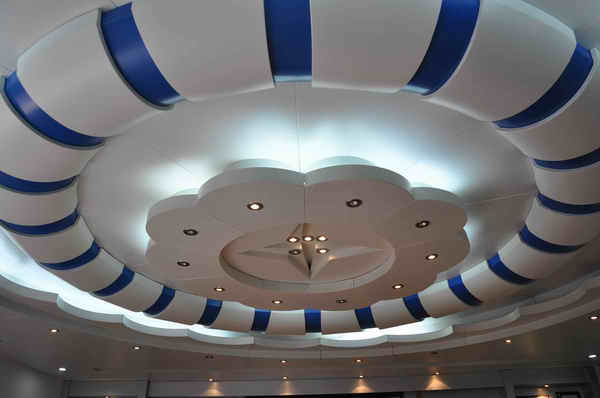

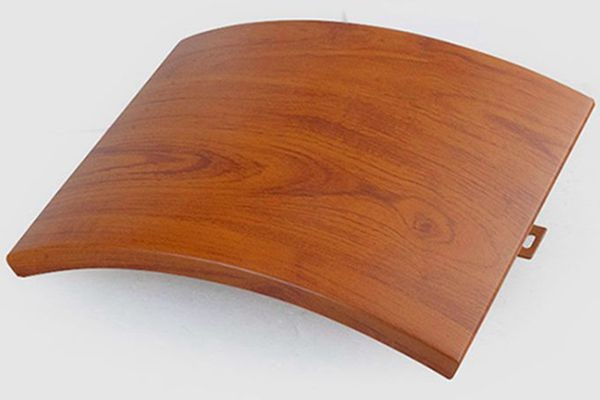
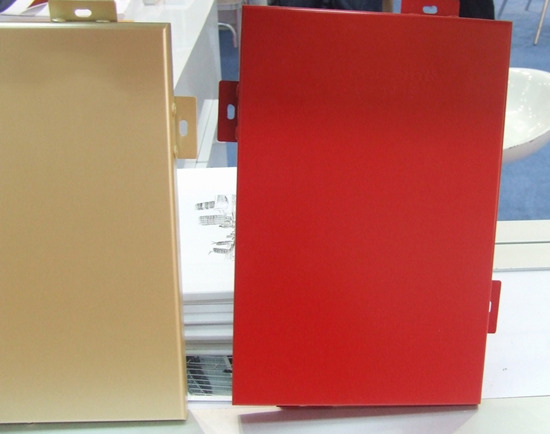
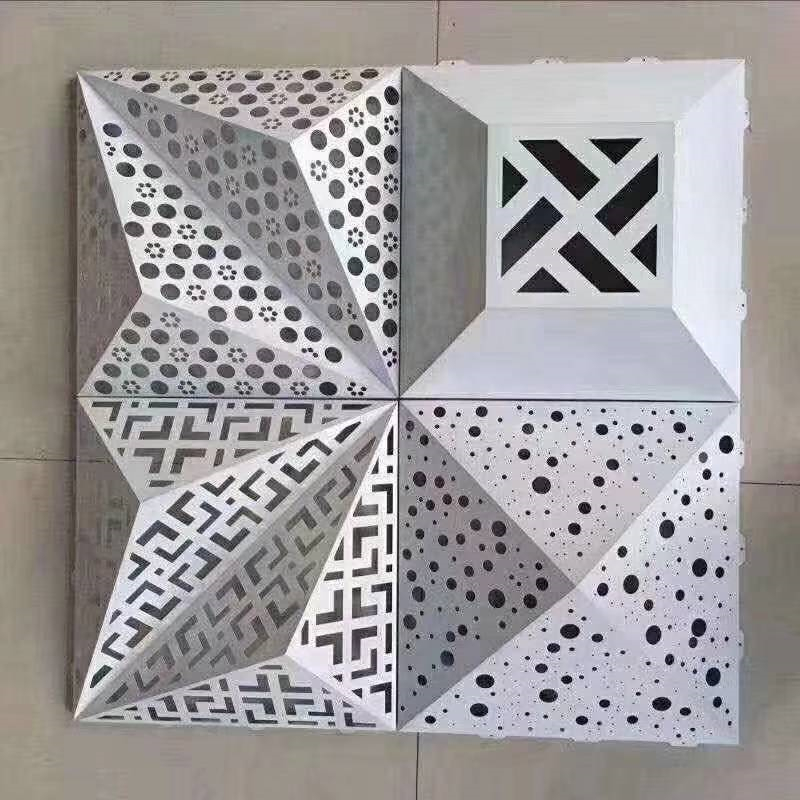
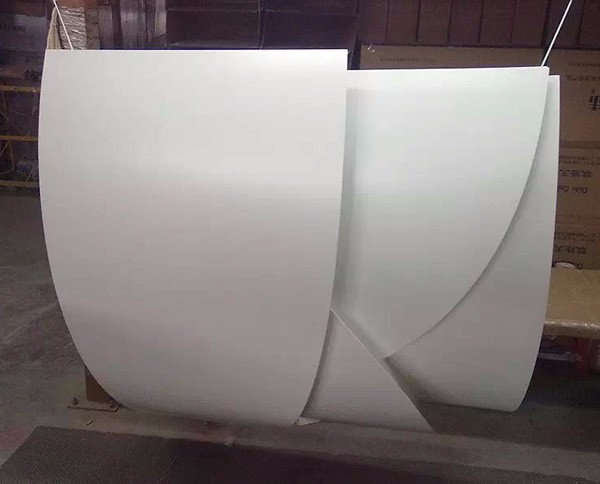
 Customer service QQ
Customer service QQ